NYC’s Forgotten ‘War on Christmas Trees’
Discover how an obscure holiday crackdown affects festive street vendors today!


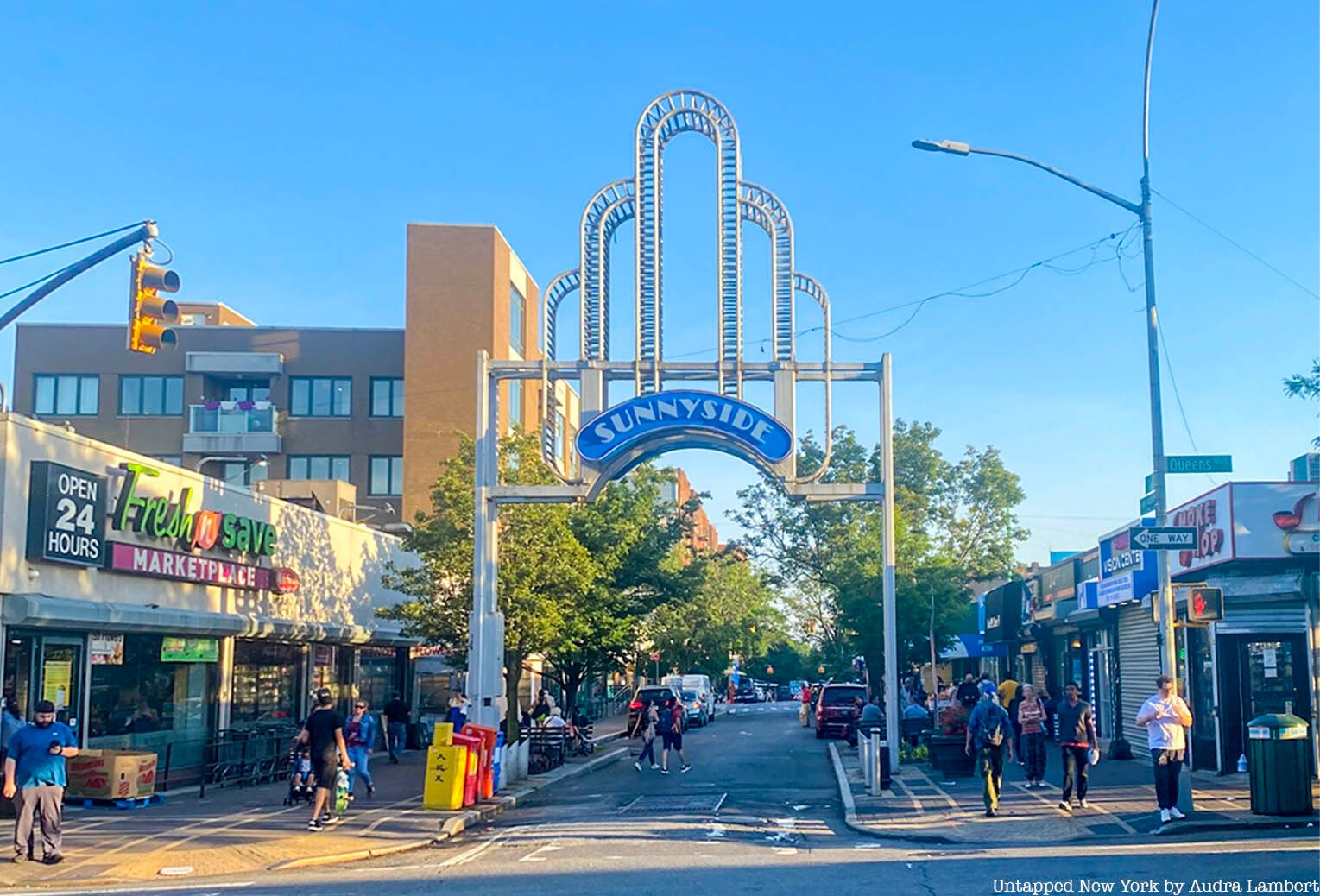
Sunnyside is a vibrant and verdant neighborhood in western Queens, bordered to the West by Long Island City and the Sunnyside Yard and to East by Woodside. Perhaps most recognized by its soaring Art Deco “Sunnyside” sign just south of the 46th St-Bliss St. station on the 7 train, the name Sunnyside originates from a French Huguenot family named the Bragaws, who named their estate “Sunnyside Hill.” With the construction of the Queensboro Bridge, Sunnyside transformed from a community of farms to a commuter town.
Today, Sunnyside mixes old and new, with historic Art Deco and Victorian properties alongside modern developments. The area has had quite a significant sports history, along with having some famous residents and beautiful architecture. Here are our top 10 secrets of Sunnyside, Queens.
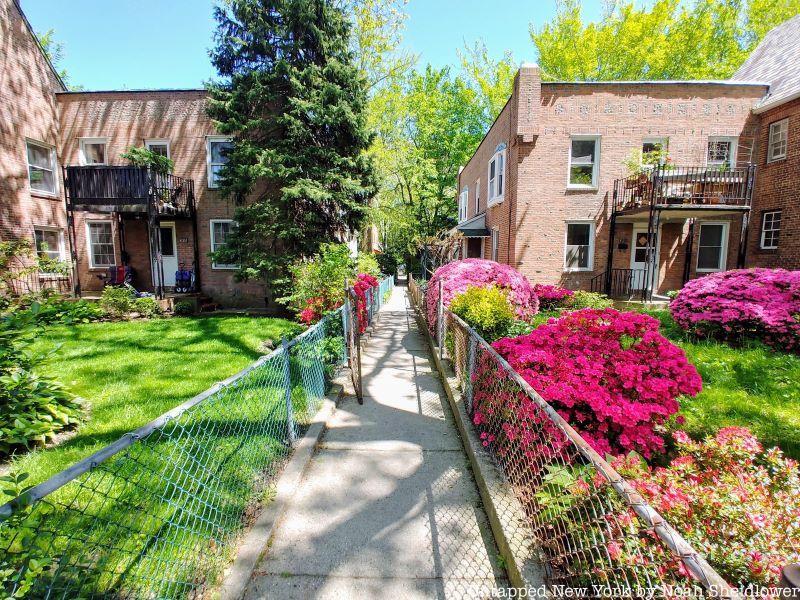
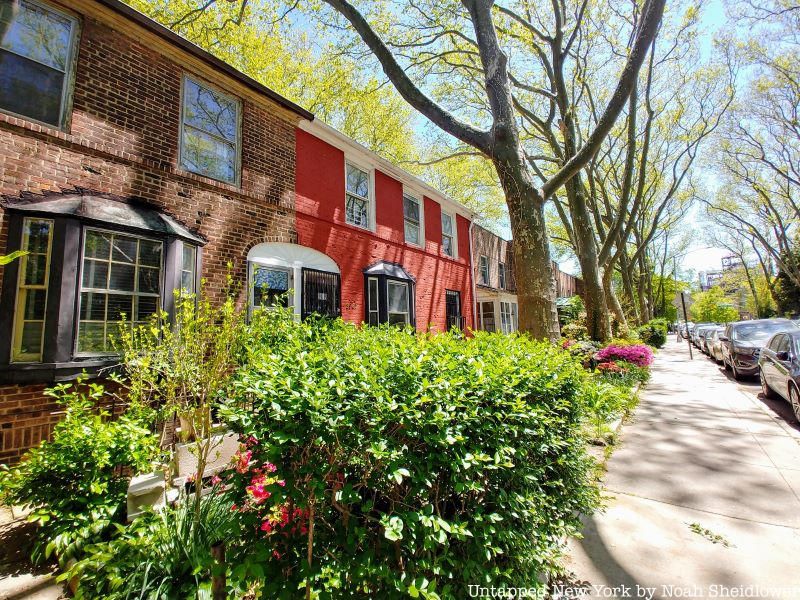
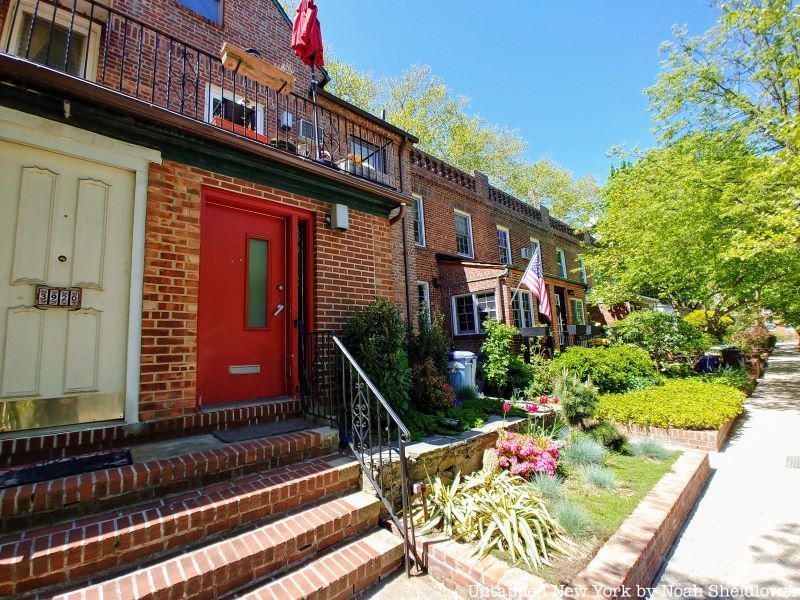
Many New Yorkers rave about the stunning Victorian architecture of Forest Hills Gardens, but Sunnyside Gardens has quite a similar story. Sunnyside Gardens, one of the first planned communities in the country, was in fact the first U.S. development modeled on the ideas of the “garden city” movement, which tried to capture elements of the countryside and the city through a mix of residences, agriculture, and industry. The idea was advanced by Ebenezer Howard and Raymond Unwin. Built between 1924-28, Sunnyside Gardens consists of including more than 600 buildings across 16 blocks and is listed on the National Register of Historic Places.
Clarence Stein and Henry Wright, who pioneered the garden city movement in the U.S., were the primary architects, while the landscape architect was Marjorie Sewell Cautley. Economist Richard T. Ely and author of The City In History Lewis Mumford were major proponents of the project. The homes, as well as some apartment buildings, were mainly built from Hudson brick, with each home having a small private garden. Parallel streets are connected by small private walkways, and much of the historic architecture has been maintained. Though the stock market crashed just a year after construction was finished, and about 60 percent of residents lost their homes due to foreclosure, these enclaves still persist, bringing a bit of suburban style – front yard and driveway included – to the big city.
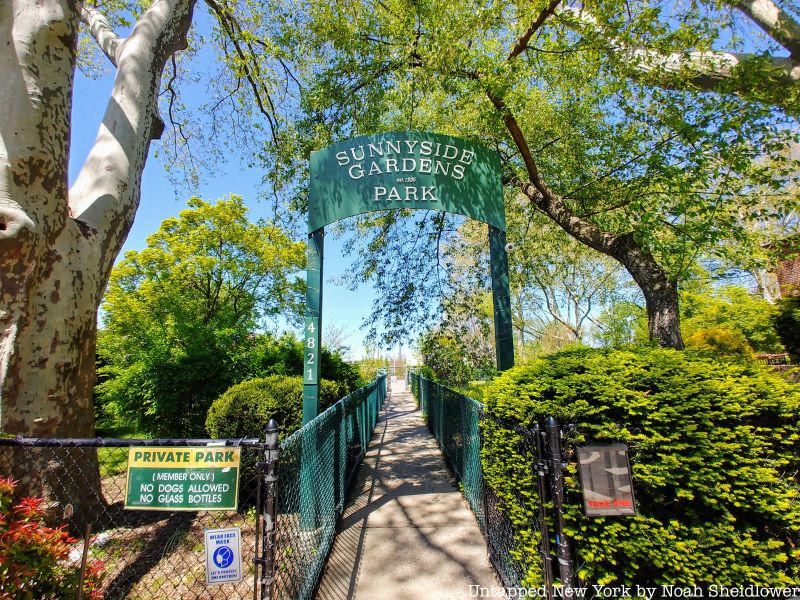
Sunnyside Gardens Park, measuring three and a half acres, is one of the city’s only two private residential parks, the other being Gramercy Park. The park was created in 1926 for the early residents of Sunnyside Gardens, offering a grass playing field, a small running track, tennis and basketball courts, and a wading pool. The park also hosts events such as the Memorial Day Fair, Oktoberfest, and Shakespeare in the Park.
The park is located in the northern part of Sunnyside Gardens near the Phipps Garden Apartments, built in 1931 by the prominent Phipps family as model tenements for working-class families. The park is also near Sunnyside Yard, a railroad yard for passenger cars owned by Amtrak.
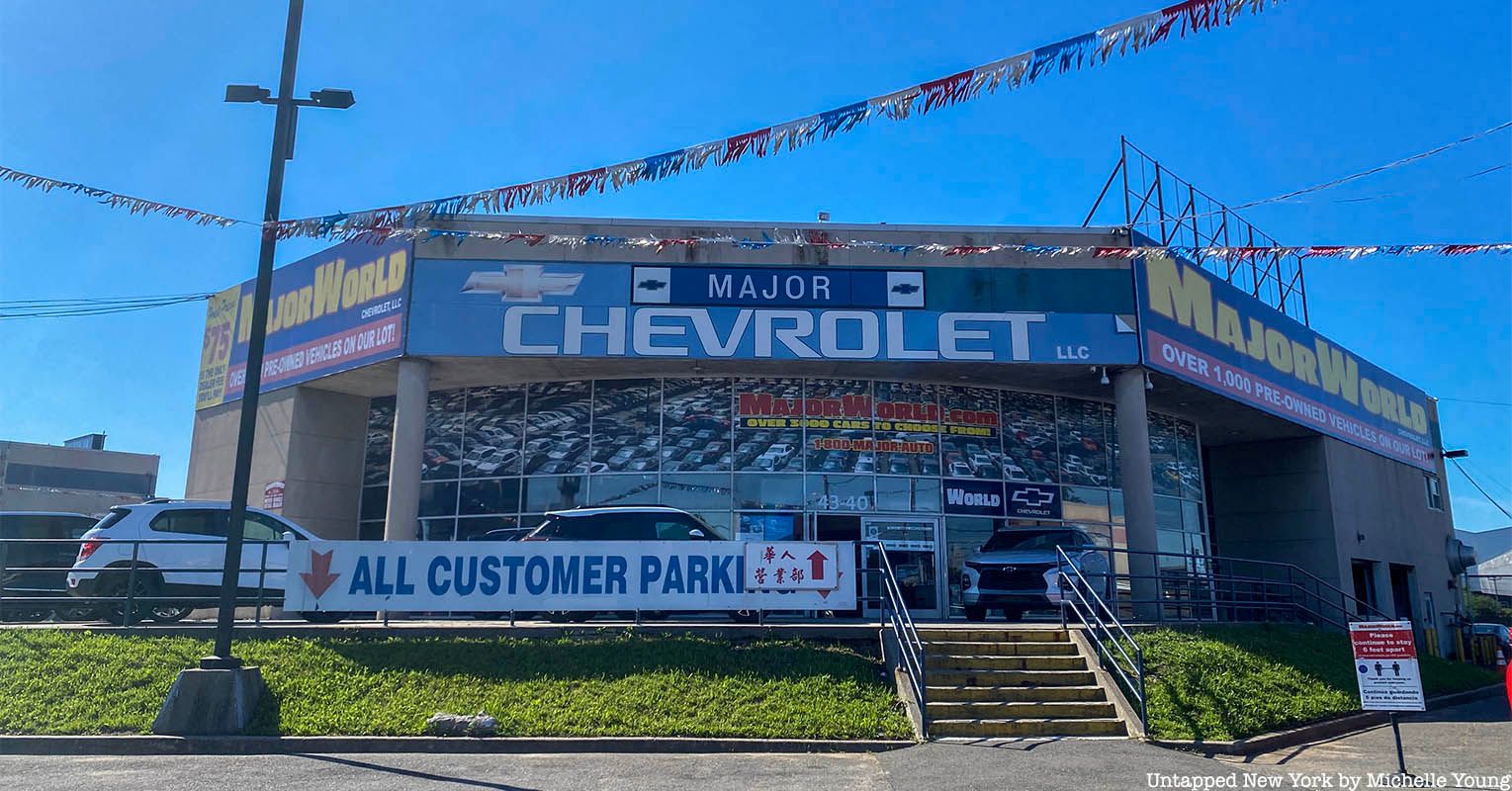
New York City has been home to five different Madison Square Gardens dating back to 1879. For a brief time, Queens had its own Madison Square Garden, an outdoor arena called Madison Square Garden Bowl. None of the original Madison Square Garden Bowl buildings stand today, and in the Queens location visitors can find a strip mall and a used-car dealership. The Madison Square Garden Bowl was located in Sunnyside and was built in 1932 as an arena for boxing matches. The arena housed 72,000 spectators on wood bleachers, and it cost a construction fee of $160,000. The Bowl was rarely used as a regular venue but rather utilized as a site for large summer events.
The arena hosted the World Heavyweight Championship in 1935, in which James J. Braddock defeated Max Baer. Other boxers like Joe Louis, Henry Armstrong, Jack Sharkey, and Primo Carnera fought here, though the Bowl was dubbed the “Jinx Bowl” and “The Graveyard of Champions” because no titleholder ever successfully defended his title at the arena. Madison Square Garden Bowl also hosted automobile races for very small cars which polluted the neighboring residential area. The Bowl also served as an arena for Ringling Brothers, Barnum & Bailey Circus, and in one chilling incident, a tiger escaped from the venue. Just a decade after opening, the arena shut down in 1942.
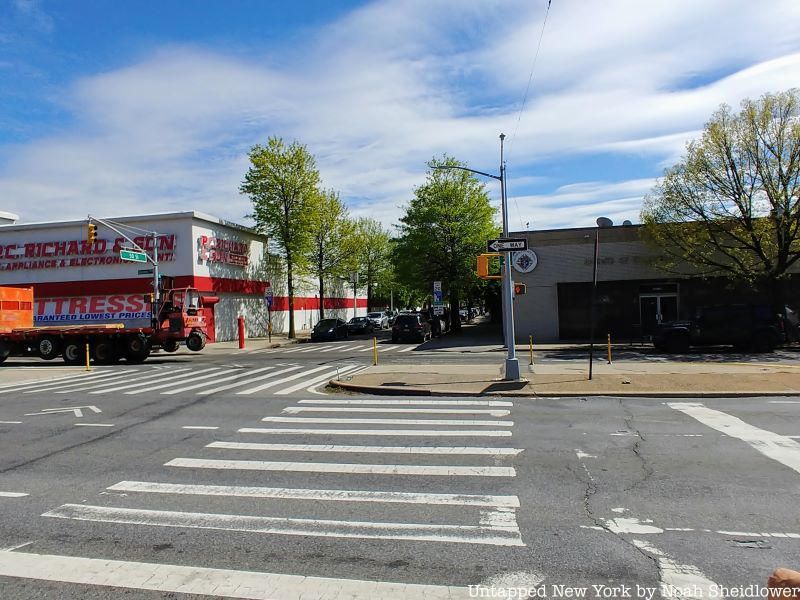
One would think that an escaping tiger would be shocking enough for Sunnyside. But 30 years earlier in 1905, about a dozen elephants had escaped from Ruhe Wild Animal Farm on the Sunnyside/Woodside border. The farm was a branch of Louis Ruhe & Sons, a German animal trading company dating back to the mid-1800s. The farm in Queens served as a distribution center for animals from all over the world, often catering to wealthy New Yorkers looking for exotic pets. Though popular, locals at first were terrified of going outside at night when animals would roar.
Just a year or so after opening, about a dozen elephants broke loose from their homes and started running around Sunnyside, which was then mostly woods surrounding the farm. Caretakers ran on horseback to try to secure the elephants with whatever tools they had, and eventually, the elephants were all put back in their enclosures. The community, though, was in shock, and apparently, saloons were very busy that evening. Events like this, as well as the introduction of new animals to the farm, brought the Sunnyside community closer together, and residents were eventually allowed to feed and interact with the animals. The farm was in operation until 1959 when a massive fire destroyed much of the property, sadly killing some animal residents onsite.
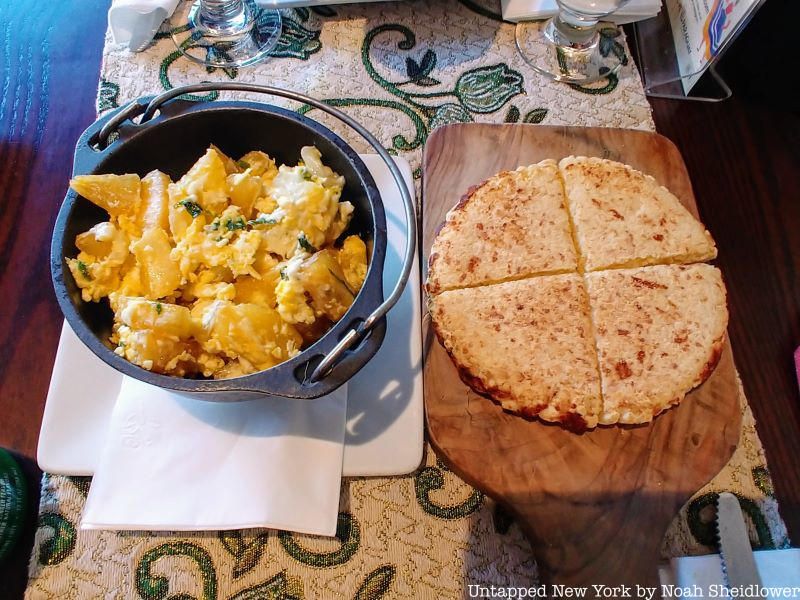
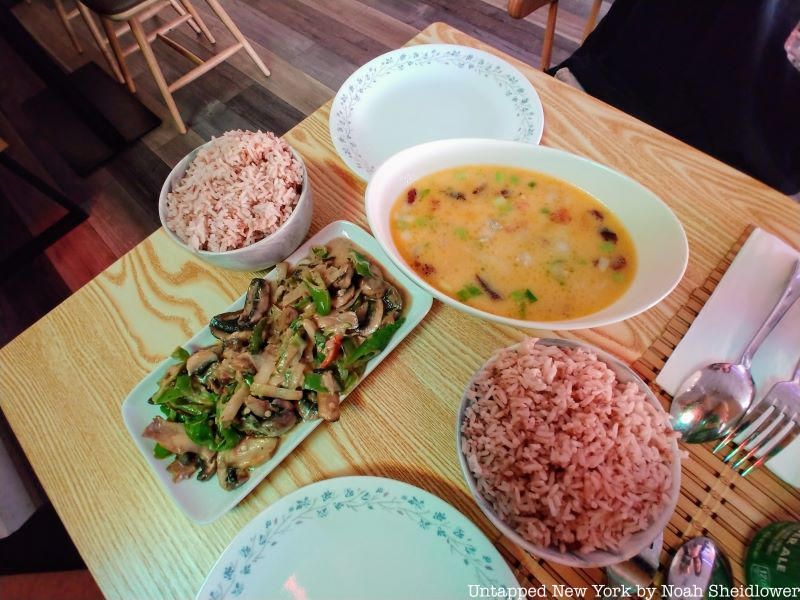
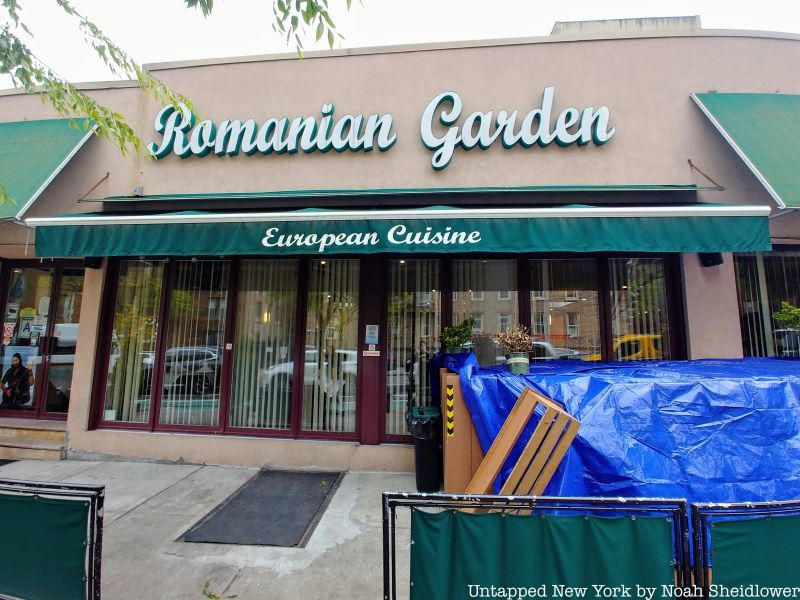
Sunnyside rarely appears on top restaurant lists, but the neighborhood has some hidden gems serving cuisines found nowhere else in New York City. One spot written about by the New York Times in 2015 is I Love Paraguay, the city’s only Paraguayan restaurant that serves classic Paraguayan staples, including dishes from the Indigenous Guarani people. Popular options include sopa paraguaya, a salty cornbread; mbeju, a yuca starch flatbread with cheese; and madi’o chyryry, fried yuca with eggs and scallions. Nearby, Bolivian Llama Party is one of the city’s only Bolivian spots, known for their empanada-like saltenas, and silpancho, thinly pounded breaded beef cutlet with yellow potatoes and fried egg.
A spot called The Weekender with signs outside for billiards may not seem like much, but it is the city’s only Bhutanese restaurant with a full menu of classic options. The restaurant offers many types of datsi, a dish of vegetables in a cheese sauce often served with beef. Lastly, one of the city’s only Romanian restaurants, Romanian Garden, is located at 43rd Avenue. Dishes include Romanian stew with polenta, grilled pork neck, fried white perch, and breaded veal brain.
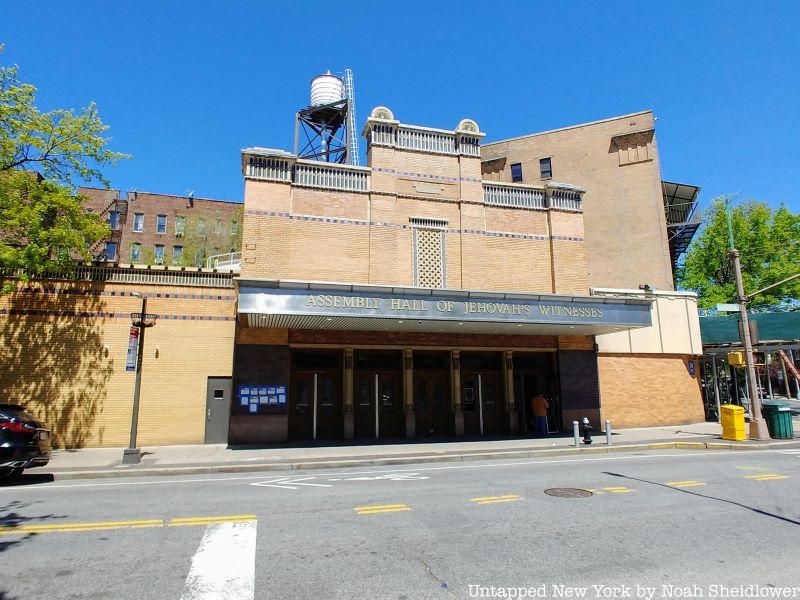
Today, the Queens Assembly Hall of Jehovah’s Witnesses sits in a historic building that used to be the Bliss Theatre. The theater was named after Neziah Bliss, who helped found the Long Island City area. The theater was constructed in 1930 by R. Thomas Short & William Rau, who built many Century Theaters locations. The theater was designed to show movies on a Magnascopic Screen.
The theater’s decorations were stunning but unexpected, drawing from ancient Egyptian motifs and architecture. Murals throughout depicted Egyptian history, though much of this imagery was removed once the Assembly Hall moved in. The theater catered mostly to Sunnyside locals, and even with the shifts in movie distribution in the 1960s, attendance remained the same, leading the theater to shut its doors. The auditorium has mostly been changed, but the exterior remains mostly untouched.
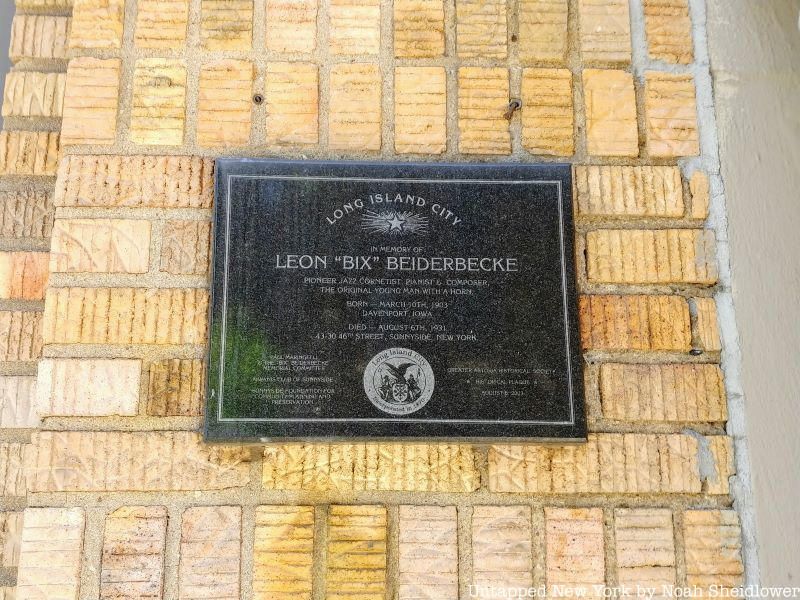
Many influential people helped craft Sunnyside into the diverse and historic community it is today. One unexpected resident of Sunnyside was William Patrick Stuart-Houston, the nephew of Adolf Hitler, who lived briefly in Sunnyside until serving in the U.S. Navy against his half-uncle. He was drafted as a pharmacist’s mate after making a special request to President Roosevelt. Legendary jazz musician Bix Beiderbecke, a cornetist and composer, died at 43–30 46th Street, as explained by a plaque in his honor outside the building.
The Ramones played some of their earliest gigs at pubs in the neighborhood, while Hap Moran of the New York Giants coached a youth team there. Other famous residents have included actress Judy Holliday, actor Joe Spinell, and actress Nancy Walker, making the area a popular place for up-and-coming actors. Former Police Commissioner Dermot Shea lived in Sunnyside as well.
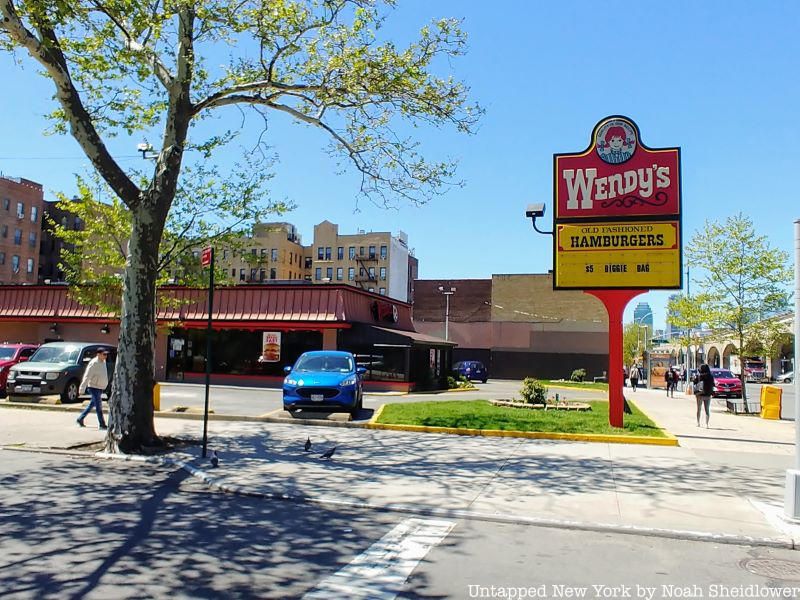
On Queens Boulevard in the center of Sunnyside is an unassuming Wendy’s that actually used to be the Sunnyside Garden Arena, a popular boxing arena open from 1945 to 1977. Both professional and amateur fights were held at the arena, attracting the likes of Gerry Cooney and Jose Torres. The boxing venue attracted people from all over the city, and it also hosted everything from roller derby contests to high school proms to presidential campaign rallies.
A monument was erected in 2012 to honor this forgotten past. At the unveiling, former boxers who started their careers at Sunnyside Garden gave speeches and rang the original bell that had been preserved. The plaque honoring the 2,000-seat arena, which originally began as a tennis arena, read “This monument is in honor and dedicated to those men who fought in the amateurs and professional bouts.”
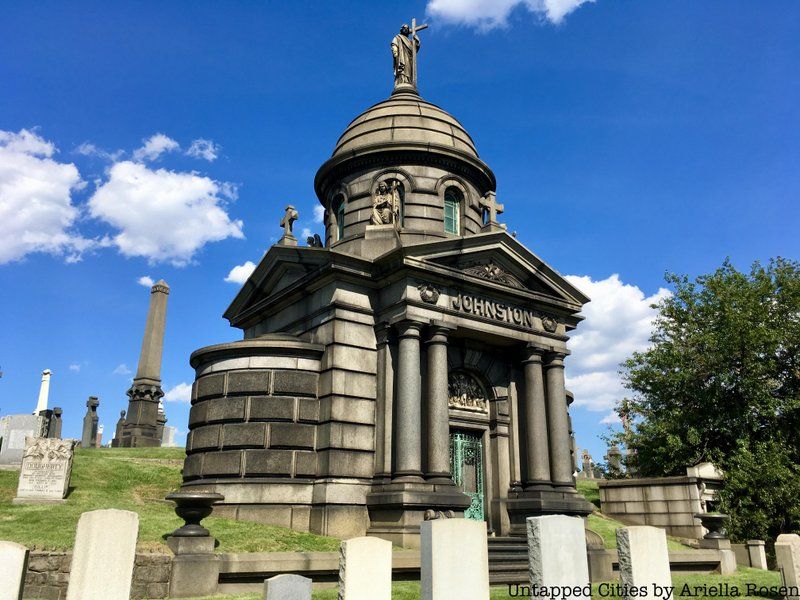
Calvary Cemetery, the largest cemetery in the U.S., is divided into four main sections: First Cavalry is located within Sunnyside and Maspeth, while Second, Third, and Fourth Cavalry are predominantly located in Woodside. The Johnston Mausoleum, the largest personal mausoleum in the cemetery, is technically located in Sunnyside. The 19th-century mausoleum was built by the Johnston brothers, who operated J.C. Johnston silks and fabrics store on 22nd Street between Broadway and 5th Avenue.
The mausoleum is also the third-tallest building in the cemetery and had cost about $100,000 to construct, or about $2.5 million today. There were only six internments in the mausoleum out of 30 vaults built into the marble. The mausoleum was so pricey that the brothers squandered away the family fortune to build it. The mausoleum has undergone some repairs recently to maintain its historic character.
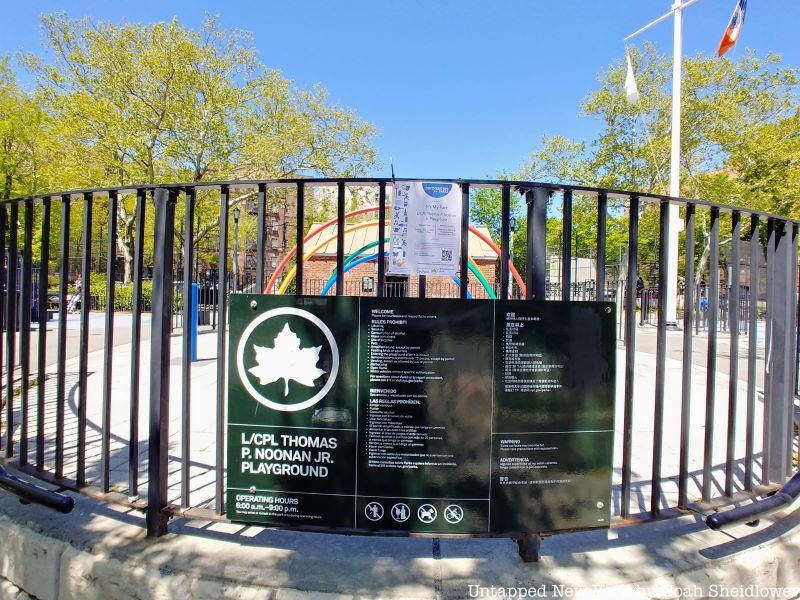
Sunnyside’s main public parks are mostly named for veterans. The small Sabba Park is located in the median of Queens Boulevard between 48th Street and 49th Street, honoring Joe Sabba, a World War II veteran. The park was founded in 1913 and later renamed in his honor. At Skillman Avenue and 43rd Street is Torsney Playground, built in the 1950s to honor George F. Torsney. He was a World War I veteran and a local politician who served in the New York State Assembly and was later buried in Calvary Cemetery.
Perhaps the most notable park in Sunnyside is L/Cpl. Thomas P. Noonan Playground, located between Greenpoint Avenue, 42nd Avenue, 43rd Street, and 47th Streets. Thomas P. Noonan Jr. was a Sunnyside resident who was killed in an ambush during the Vietnam War. He was posthumously awarded the Medal of Honor, as well as the Purple Heart.
Next, check out the Top 10 Secrets of Long Island City!
Subscribe to our newsletter